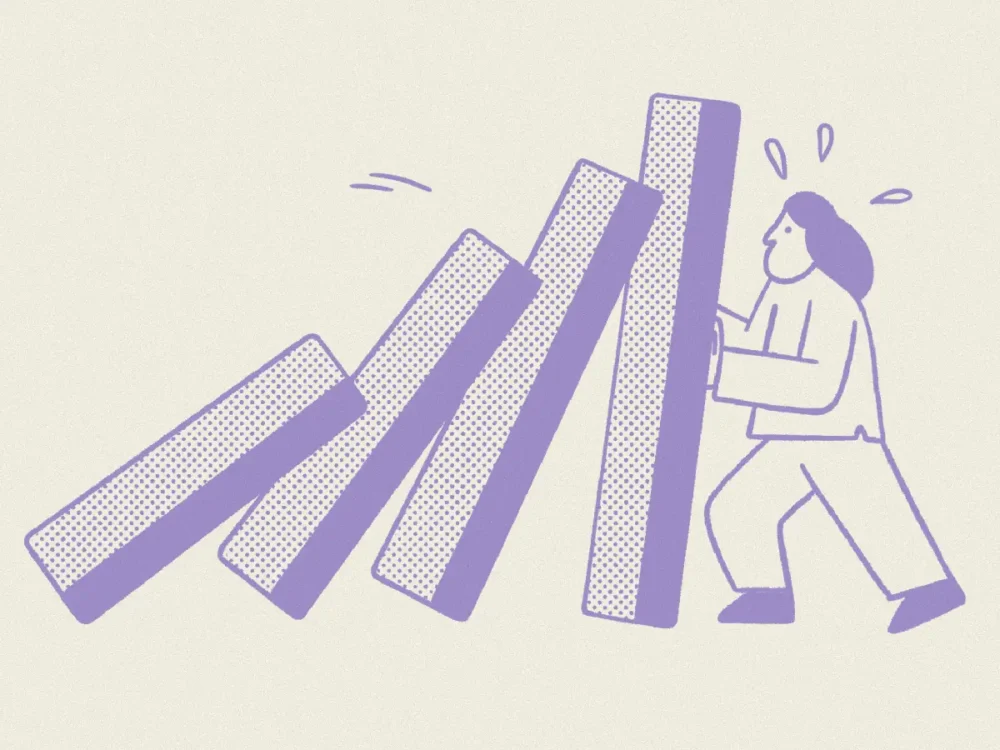Dear Qualified Financial Advisor,
I’ve been reading a lot about the importance of having an emergency fund — something that was made even more real by when the pandemic put the world on pause. It seems like a cornerstone of financial planning, and as a steady investor, I’m keen to know how to distinguish my emergency fund from my savings and investments. Or do I not need to? I’m not sure where to begin, and given market fluctuations and unforeseen circumstances, I’m a bit concerned that I won’t have enough if I really need it. How do I get my ducks in a row? I need some help.
Yours,
A Concerned Planner
Dear Concerned Planner,
You’ve come to the right place, and you’re already on the right track. As you know, an emergency fund is an insurance policy of sorts that helps with all types of small blips or hiccups in your daily life. An emergency fund gives you breathing space in times of job loss or medical emergencies, or when you have any unavoidable expenses that require a lumpsum amount. Imagine a friend who always opens their wallet before you reach out for yours — your emergency fund is that friend.
Having an emergency fund is advantageous in two ways: One, you need not take on any additional liability (which otherwise would have been the only option to cater to the emergency), and two, you remain en route your financial objective because none of your other savings get hampered. Still, knowing where to start is important — let’s get into it.
For starters, define your emergency fund. Prioritise unavoidable expenses such as equated monthly instalments (EMIs), expenses for daily necessities and children’s education. Exclude luxurious expenses that can be postponed, such as hotel visits, shopping, and so on. Once you get a sense of your monthly (unavoidable) expenditure, multiply that amount by 6. That is a ballpark figure of what your emergency fund needs to be. This calculation might of course differ on a case-by-case basis depending upon factors such as the number of children you have, how many persons in your family earn, or even your spending habits. But once you have a target, you’re one step closer to knowing how to achieve it, and also to understanding how close or far you are from the goal.
Achieving a six-month expenditure fund in a couple of months’ time might be overambitious, so begin with small yet regular contributions, even if they are small savings like ₹1,000–2,000 per month. This will inculcate a saving habit, which eventually shall become the backbone of your fund. The crux here is to sustain the saving habit until you achieve your objective. Starting with small amounts and setting up shorter milestones could be the key to successfully building an emergency fund. In addition, you can also contribute unexpected monetary benefits — such as bonuses or any extra income — to this fund so that your target can be achieved even sooner.
Stick to your plan and never forget that the emergency fund is only for the sake of emergencies. This is why your emergency fund is different from your investment portfolio or savings. At many times, it’s understandable to feel like you’re able to sustain yourself, and in such cases, it becomes easy to forget why you have built the emergency fund. But don’t use it on luxuries or to pay off some debt. With ever-changing economic scenarios, it is difficult to predict the future, and an emergency fund is always a must. On account of inflation, your monthly expenses will tend to change every year — so even if you have saved six months’ worth of expenses, you will want to review and add to your fund accordingly.
The best way to create an emergency fund is to turn on an auto-debit feature on your account. This way, you save before you spend. When you begin setting aside money for your emergency fund — and since you will be saving first and spending later — you might run out of money. This is natural — you’ll need to realign your expenses a bit, which may mean cutting down on unnecessary expenses, but in no way should you start swiping your credit card and incur any additional debt.
And finally, a yearly review of your emergency fund is a must for a successful emergency fund. Let us say you have built up and successfully maintained an emergency fund for the past three years, which is a commendable job in itself; you’ll still want to review your fund on account of changing prices of commodities, services, earnings and standard of living. As humans, when we retain a certain way of living and tend to be comfortable only in those living conditions, we wouldn’t want to lose that in case of an emergency — which is why yearly reviews become crucial.





